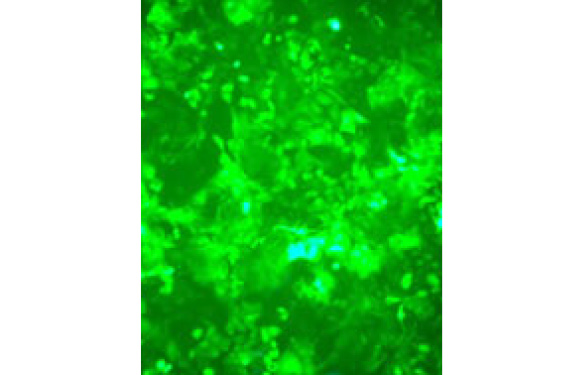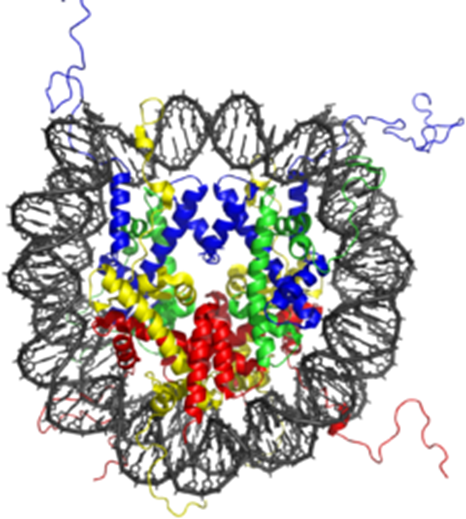Obesity is the abnormal increase in adipose tissue mass. This phenomenon increases the likelyhood of a number of diseases such as heart disease, high blood pressure, type 2 diabetes, obstructive sleep apnea, osteoarthritis, and some kinds of cancer.
Obesity is probably the leading preventable cause of death worldwide. People are considered to be obese if their body mass index (BMI) exceeds a value of 30. The mainstays of treatment of obesity remain dieting and physical exercise.
Nevertheless, adipose tissue (fat) cannot be considered a worthless batch of “lard”, but rather a fascinating vital tissue that in addition to being the body’s major energy reservoir, plays a central role as a secretory organ. Research in this field has already lead to exciting results related to both fat reduction, insulin resistance and to the development of robust tools to study diabetes / obesity.
Adipokines are factors secreted by adipose tissue which carry messages to other parts of the body. I would like to briefly introduce the role of adipokines in the regulation of body weight and glucose homeostasis.
Adipokines are now available as active recombinant proteins for research purposes. A few examples related to weight reduction and glucose metabolism:
Adipokines and Weight reduction
- Leptin: the best-known adipokine that promotes weight loss. This protein is known to suppress food intake and increase thermogenesis. Some researchers were convinced that it might become a potential anti-obesity tool. However, it has not lived up to its original promise, because it showed a hyper-intention effect, meaning the overexpression of the protein in obese individuals induces Leptin-resistance.
- gAcrp30: this adipokine has been shown to promote weight loss by signaling muscles to burn fat. gArcp30 is a 16 kDa protein resulting from a proteolytic cleavage of Acrp30. Both the human and the murine forms of this protein are secreted exclusively in mature fat cells. Fruebis et al. (Natl. Acad. Sci USA, 98, 2005-2010; 2001) could demonstrate that Acrp30 serves as a precursor to the biologically active gAcrp30, which possesses unique pharmacological properties – it promotes fatty acid oxidation and causes sustainable weight loss in mice.
- Nefastin-1: this adipokine is linked to the regulation of hunger and fat storage. It has been originally identified as a hypothalamic neuropeptide, but it is also expressed in other areas of the brain, and in pancreatic islet β-cells, gastric endocrine cells and adipocytes. The factor suppresses food intake and regulates energy metabolism in a Leptin independent way. The inhibition of feeding may be mediated through the inhibition of anorexigenic neurons. Furthermore, the factor has been shown to stimulate insulin secretion from pancreatic ß cells.
Adipokines and Glucose Homeostasis
Glucose homeostasis – maintaining blood glucose concentration within the narrow physiological range of approximately 5 mM – is crucial for proper function and survival of organs. It is mainly achieved by the interplay of two pancreatic hormones, insulin (promoting glucose uptake) and glucagon (stimulating conversion of stored glycogen to glucose in the liver).
A number of secreted proteins have been found to be involved in adipogenesis and Glucose homeostasis. Some of them are available as recombinant proteins for research applications:
- Resistin (for Resistence to insulin) is a disulfid-linked homodimeric protein which is secreted exclusively by adipocytes and it is said to act as a feedback regulator of adipogenesis. Other references report that Resistin serves as a supressor of insulin’s ability to stimulate glucose uptake.
- RELM-alpha is secreted by adipocytes, but it lacks one cysteine and is thus a monomeric protein. The exact function of RELM-alpha is still unknown.
- RELM–beta carries two cysteines and can form disulfid-linked homodimeric proteins as Resistin. However, it is expressed in the epithelium of the colon and small bowel. Its function is not fully understood, but it has been suggested that it plays a regulatory role during inflammation and may also act to establish links among adipose tissue, the intestine and the liver.
Willing to monitor or quantify adipokines?
Antibody-based assays make adipokine profiling or quantification easier. For example, Raybiotech’s immuno-assays allow the detection of up to 182 adipokines in one assay (ex. Label-based Human Obesity Array) and the quantification of single Obesity-related biomarker with sensitive ELISAs (ex. Leptin). These Raybiotech’s assays are available as ready-to-use kits but can also be outsourced to Raybiotech Certified Service Laboratory Providers.
These Raybiotech’s assays are available as ready-to-use kits but can also be outsourced to Raybiotech Certified Service Laboratory Providers.
In that case, researchers just sent their samples and received experimental data set with a high-quality testing environment guaranteed by Raybiotech. To ensure such a quality, these service providers successfully completed RayBiotech’s training and certification program for testing samples with dedicated antibody array products and received the “RayBiotech Certified Array Service Providers” yellow award. In Europe, tebu-bio laboratories (located in Le Perray-en-Yvelines) were among the first laboratories in the world to be certified by Raybiotech in 2012. tebu-bio services also cover Quansys BioSciences and FullMoon BioSystems technologies for outsourcing protein profiling and quantification.
Any doubts about the best adipokine to use or to monitor for your research?
Finding the tools optimally suited to your needs helps to boost research. Some expert advice in identifying and using the best factors may be welcome! Just leave your comment or question below.



